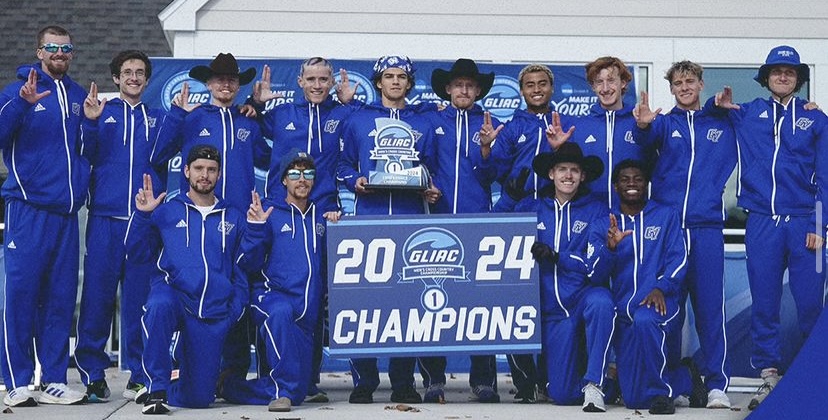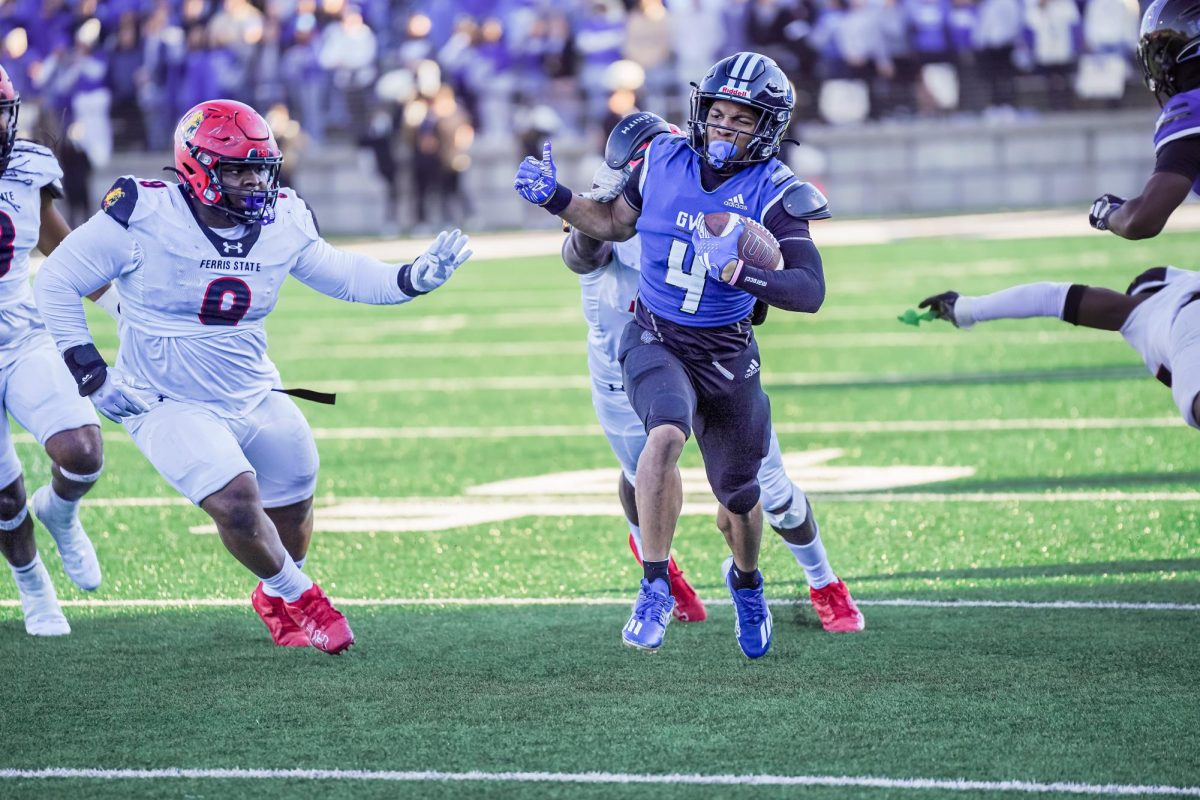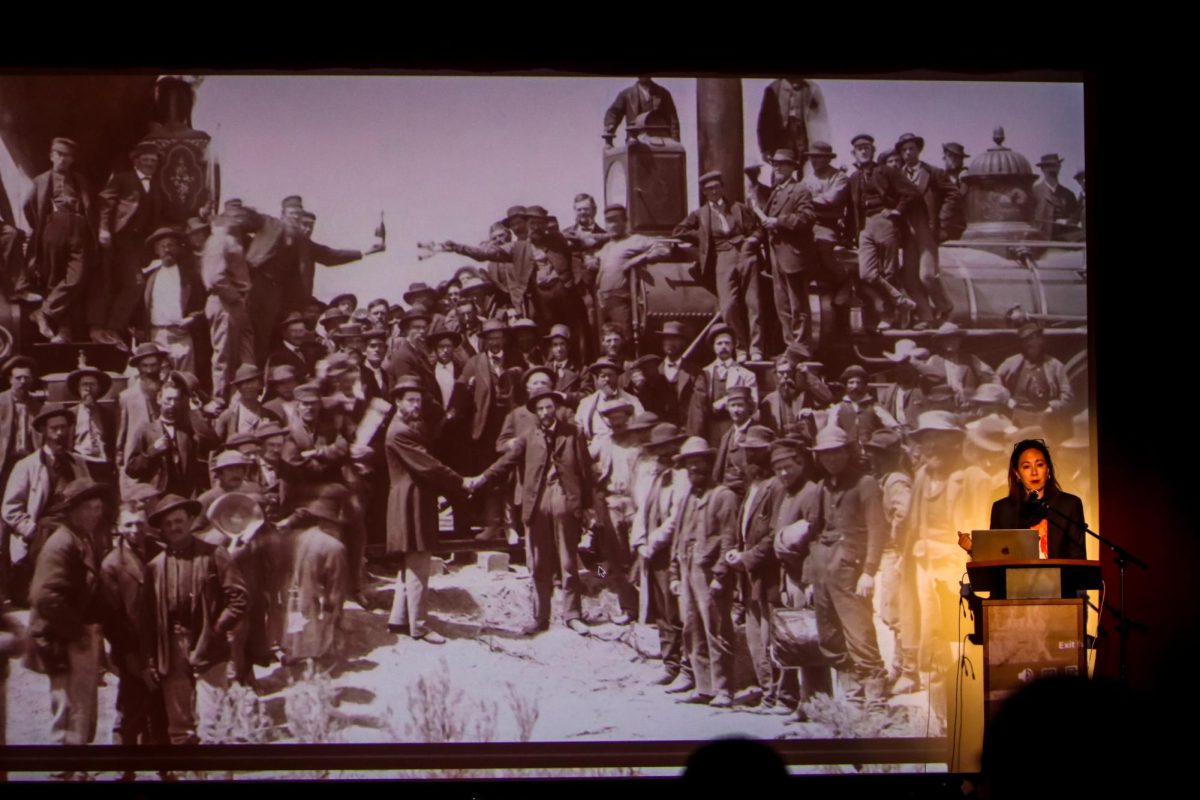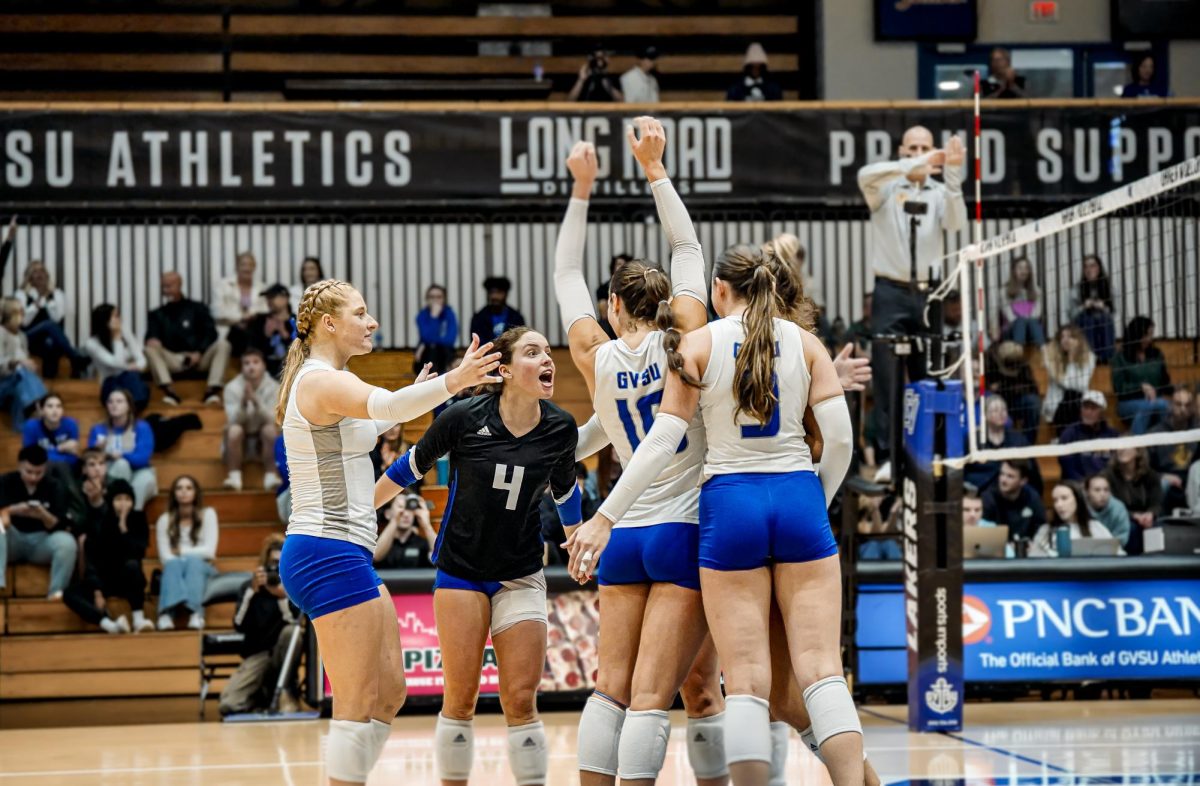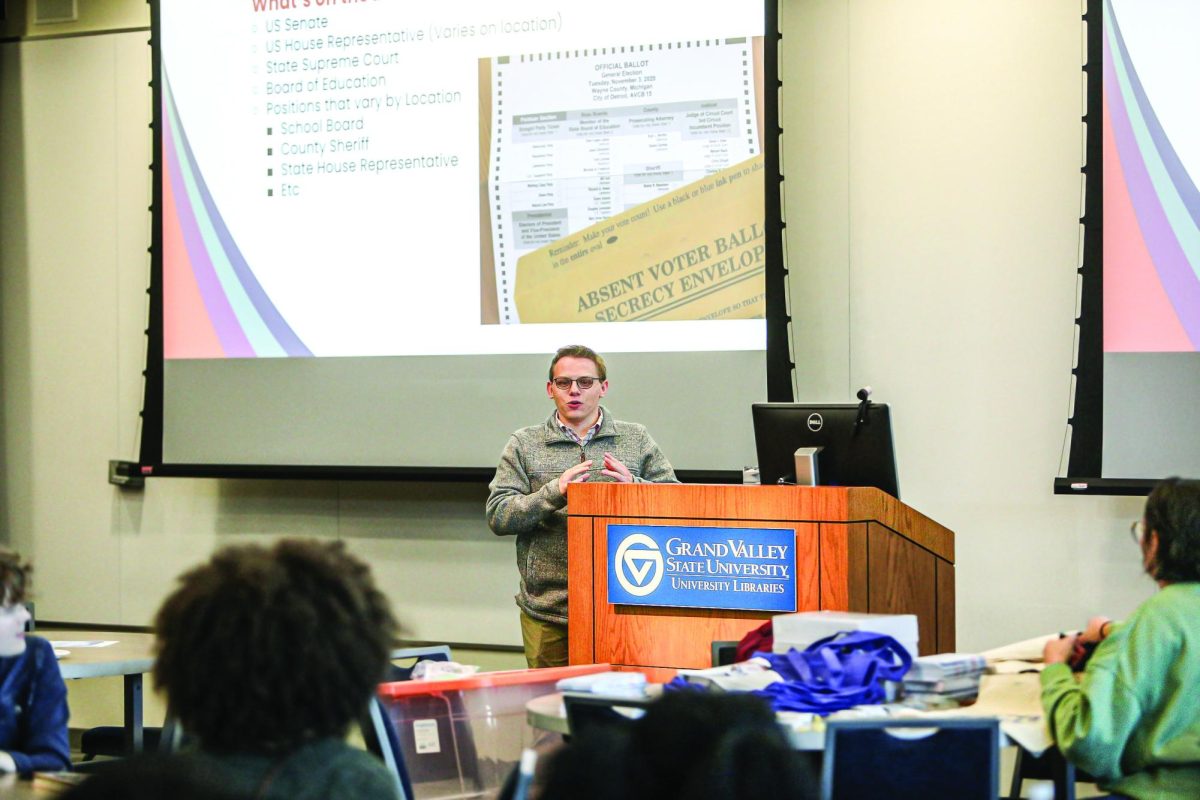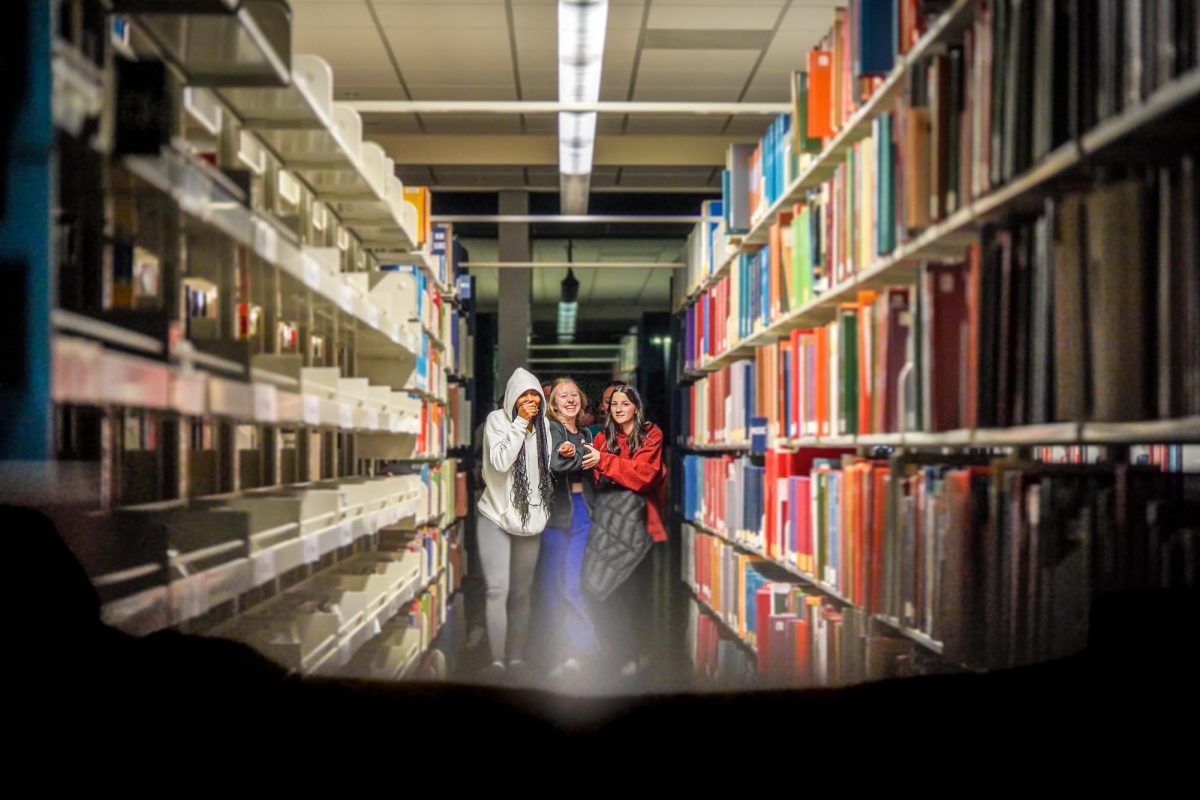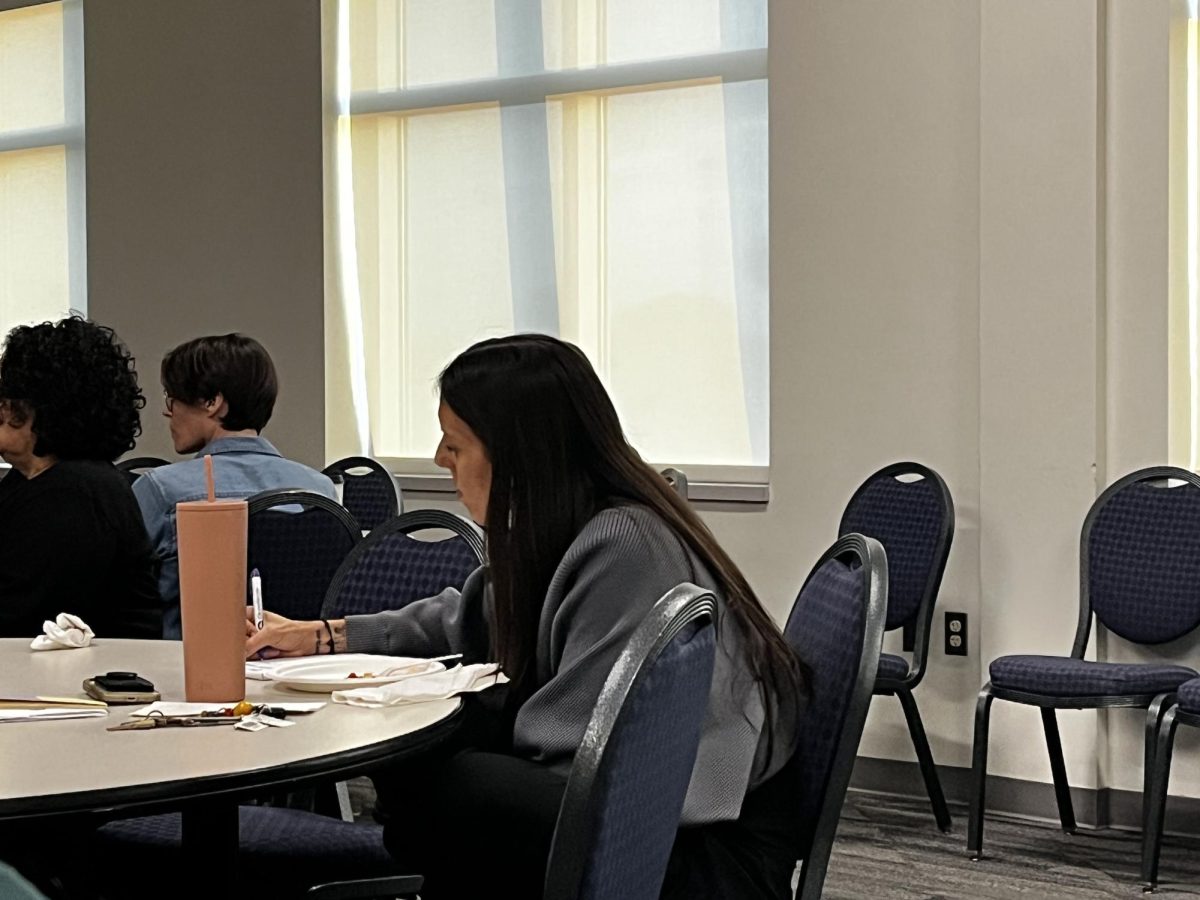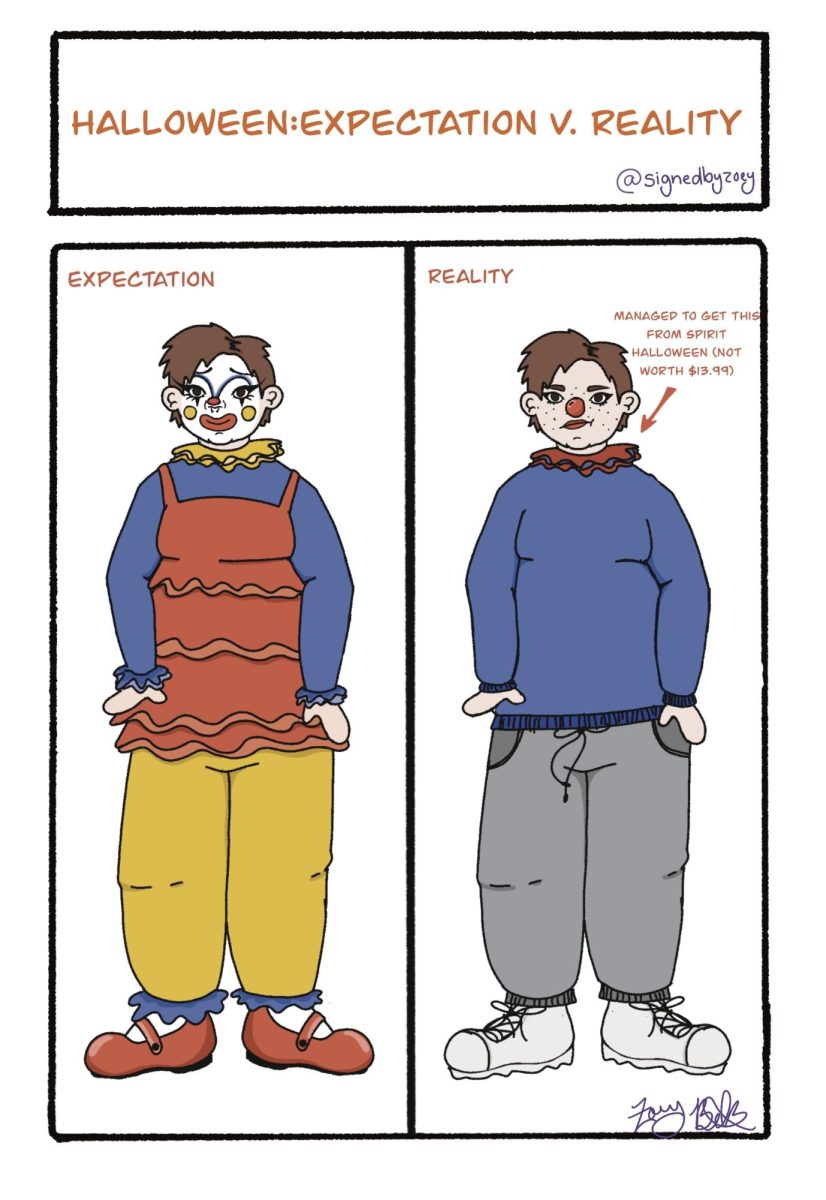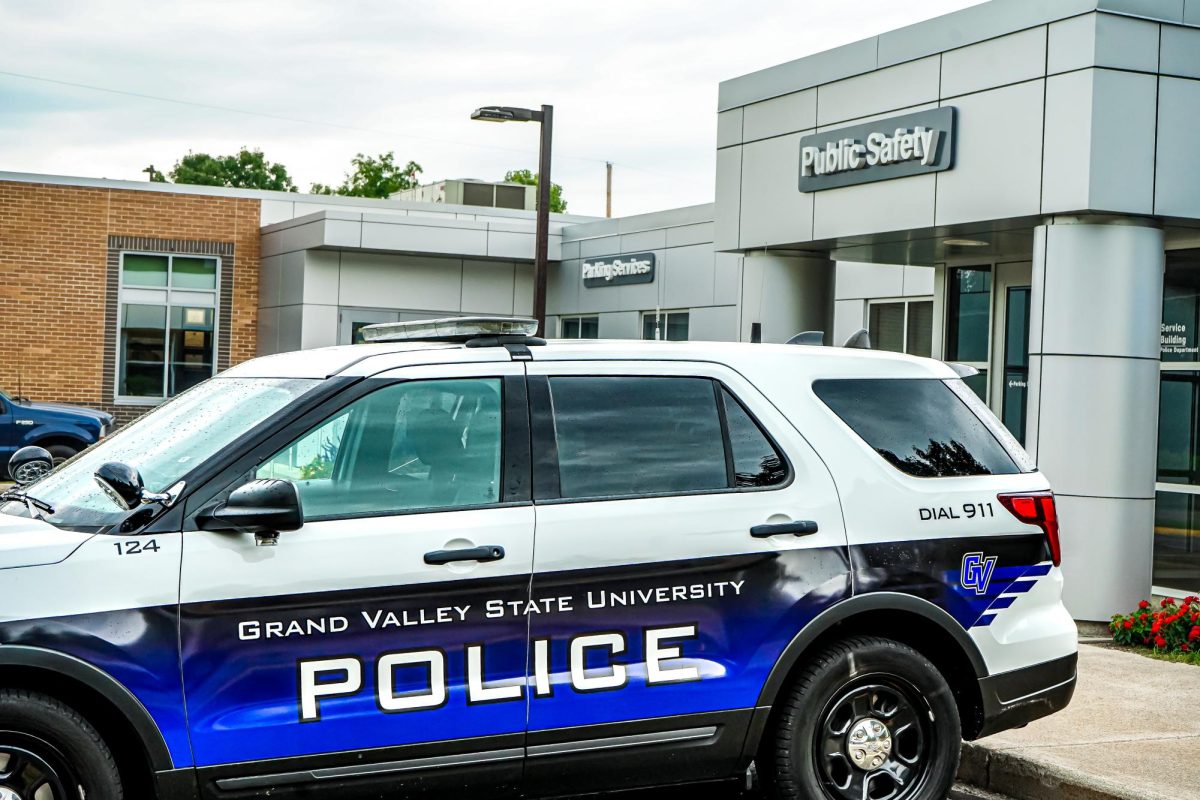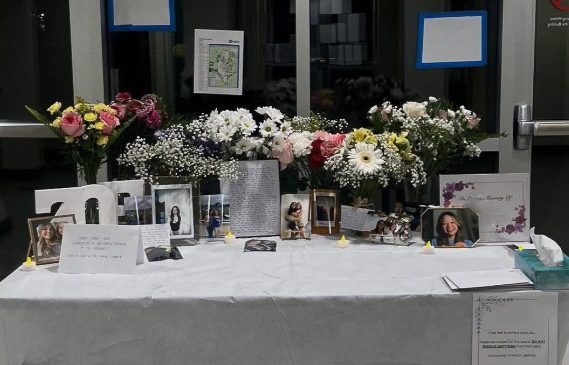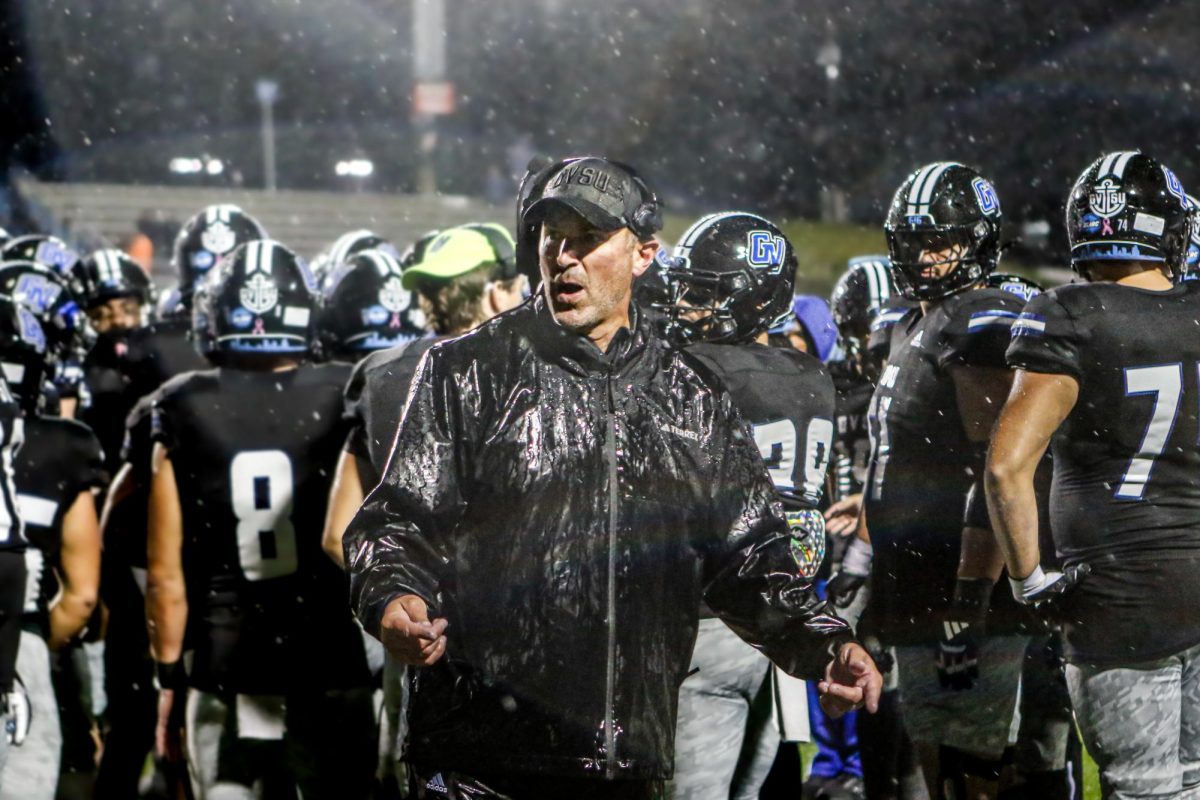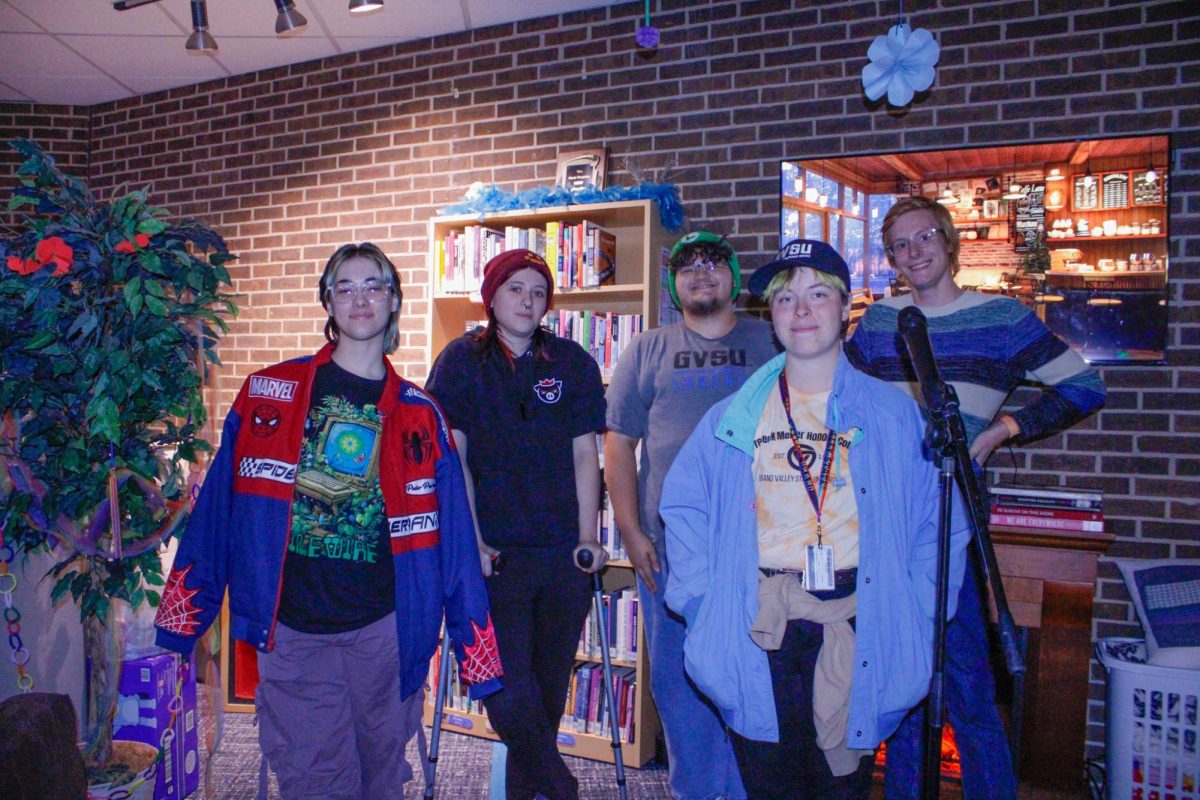Programs offer loan forgiveness for public service, teaching careers
Nov 11, 2013
Paying off student loans is often a daunting task, but help may be available to some students through student loan forgiveness programs, which either partially or completely wipe out loans.
“There are two types of loan forgiveness programs currently established for specific occupational areas,” said Lisa Martin, associate director of the Financial Aid Office at Grand Valley State University.
The two programs are the Public Service Loan Forgiveness (PSLF) program, which applies to government and not-for-profit, tax-exempt organizations, and the Teacher Loan Forgiveness program, which has specific requirements for educators.
Some private not-for-profit organizations may also qualify for the PSLF program which is “intended to encourage individuals to enter and continue to work full-time in public service jobs,” according to the Federal Student Aid Office’s PSLF fact sheet.
Martin said the PSLF program will officially begin forgiving loans in October 2017; however, to be granted loan forgiveness under the PSLF, students would have needed to start making monthly payments in Oct. 1, 2007, to reach the 120 monthly-payment requirement.
“The amount forgiven will likely not amount to a large percentage of your outstanding balance unless your earnings remain low throughout the 120 repayment period,” Martin said.
Applications for the PSLF are not available yet but will be as Oct. 2017 draws closer. At the time applications are submitted for the PSLF program, borrowers must be working for a qualified organization.
To qualify for the Teacher Loan Forgiveness program, a person has to have provided “direct classroom teaching, or classroom-type teaching in a non-classroom setting,” Martin said. “The amount (forgiven) is based on the date you complete your service requirement and the subject taught.”
The program is available for those educators who have taught for five years in low-income elementary schools, secondary schools or educational service agencies with their emphasis in science, math and special education.
Teachers who meet this requirement and who are new borrowers can be considered to have up to $17,500 of their loans forgiven.
Once they enter the workforce, students may find that their employer offers to assist them in covering tuition costs. Such companies often have a large percentage of college students as employees.
“Generally this benefit is intended for students who work full-time for the company, and the employee-student is seeking to earn a credential, which can be utilized by the company,” Martin said.
Student loans often take between 10 to 25 years to pay off. If students qualify for either the Teacher Loan Forgiveness program or the PSLF, their loan repayment timeframes may be reduced, but they still might need to meet 10 years of payments.
Student loans should not be taken lightly because of forgiveness opportunities, Martin said, adding that it is important for students to know how to borrow wisely. Understanding the terms of a loan, “can be complicated for someone who has never had to borrow a loan before,” she said.
Teachers are encouraged to apply for the Teacher Loan Forgiveness program as soon as they have completed their five-year teaching requirement. They can find applications at www.studentaid.ed.gov under the “Repay Your Loans” section.
Those who need help with loans can visit the Financial Aid Office during their office hours. For more information, visit www.gvsu.edu/financialaid.



